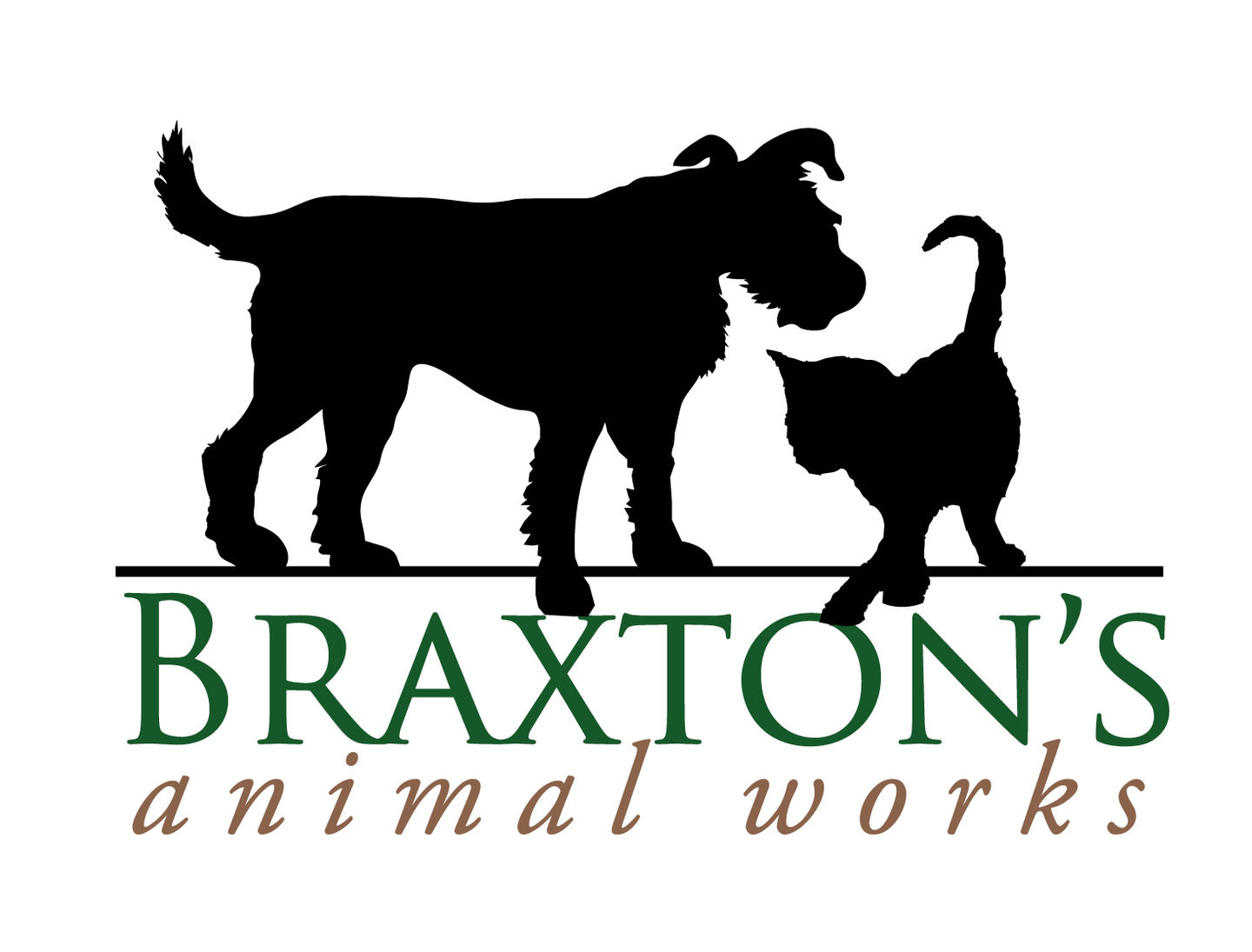Eastern Pennsylvania is home to a diverse range of bird species, with many of them staying throughout the fall and winter. However, cold weather and reduced daylight hours can make it difficult for wild birds to find adequate food sources. As bird feeders and enthusiasts, it is important to understand the food requirements for local bird species and how you can help them survive during the colder months.
Why it's Important to Feed Wild Birds During the Colder Months
Let’s explore the importance of feeding wild birds in the fall and winter. Firstly, it is important to remember that birds require more energy during these months, as they struggle to stay warm and maintain their body temperatures. Feeding birds in fall and winter is a crucial way to help birds store energy, prevent starvation, and protect them from harsh weather conditions.
Different Types of Birds that Hang Out Year Round
Next, let's discuss the dietary requirements for different birds in Eastern Pennsylvania. The ideal seed depends on the type of birds present in your area. For example, larger birds such as cardinals and mourning doves require seeds that are bigger than those of smaller birds. Smaller birds, such as chickadees and finches, prefer sunflower and Nyjer seeds. Black oil sunflower seed is a favorite among many different species. It's also important to avoid feeding birds salted nuts or bread that would be hard for them to digest.
How to Help Cut Cost Feeding Wild Birds
When feeding wild birds, it can get expensive. One way to help cut costs is to buy seed in bulk or purchase a wild bird feeding station that is sturdy enough to hold bigger bags of seeds. Some wild bird enthusiasts recommend growing bird-friendly plants and installing a bird bath instead of filling up a feeding station constantly. You can also get creative with making your own homemade bird treats- such as suet or peanut butter bird feed.
DIY Bird Feeders
Here are some easy DIY feeders you can do that will help you extend the life of your bird seed!
Apple Feeder

Ingredients
- 2 cups Birdseed
- 2/3 cup Water
- 2 Packets Unflavored Gelatin
- 4 Apples
- 8 small screws
- Twine
Directions
1. Bring Water to a boil, add gelatin, and stir until completely dissolved.
2. Mix the birdseed into this mixture.
3. Cut the apples in half lengthwise and hollow out the insides with a spoon or knife.
4. Fill each apple with birdseed mixture, set on a sheet pan, and put in the fridge for 1-2 hours or until firm.
5. Poke a screw into the top of each apple and tie a piece of twine to it.
6. Hang outside for all the birds to enjoy!

Pinecone Feeder
Ingredients
- Pinecone (we used large pine cones, but you can use any size)
- Peanut butter
- Bird seed
- Scissors
- String, twine or wire
- Pie Plate (Dish to catch droppings)
Directions
- The first thing you want to do is tie the string, twine or wire to the pine cone before you begin.
- Leave a long enough piece at the top so you can hang the pine cone bird feeder later.
- Next, cover the pine cone in peanut butter. A thicker peanut butter works better here so it will adhere to the pine cone better. You can use a spoon or butter knife to spread peanut butter from the top of the pine cone to the bottom.
- Now, coat the peanut butter in bird seed. We rolled our pine cone in a dish, paper plate, or small bowls filled with peanut butter and poured bird seed on as well.
- Finally, find a place to hang your Pine Cone Bird Feeder outside.
Note: Another important factor to consider is protection from predators, especially cats. If you have the ability to safely place a bird feeder out of a feline's reach, this can help protect the birds that are visiting your yard. If cats are a regular issue, try planting bushes or trees around your bird feeding area to provide a natural barrier.
In summary, feeding wild birds during fall and winter is important as it helps our feathered friends survive and thrive in the much colder weather. Knowing the dietary requirements and preferences of birds in your area will help you put your money onto the good bird seed choices. From bulk buying to homemade bird feed, there are plenty of ways to help cut down the cost that comes with feeding wild birds. Also, be mindful of protecting the birds against their predators and create a safe feeding environment. Above all, it's important to enjoy the process of feeding wild birds, and take pride in knowing that you are helping these feathered friends through the harsh winter months.

